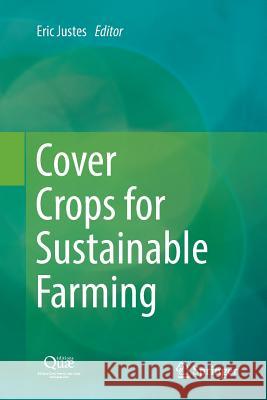Cover Crops for Sustainable Farming » książka
topmenu
Cover Crops for Sustainable Farming
ISBN-13: 9789402414578 / Angielski / Miękka / 2018 / 95 str.
Cover Crops for Sustainable Farming
ISBN-13: 9789402414578 / Angielski / Miękka / 2018 / 95 str.
cena 509,31 zł
(netto: 485,06 VAT: 5%)
Najniższa cena z 30 dni: 501,19 zł
(netto: 485,06 VAT: 5%)
Najniższa cena z 30 dni: 501,19 zł
Termin realizacji zamówienia:
ok. 20 dni roboczych.
ok. 20 dni roboczych.
Darmowa dostawa!
Kategorie:
Kategorie BISAC:
Wydawca:
Springer
Język:
Angielski
ISBN-13:
9789402414578
Rok wydania:
2018
Wydanie:
Softcover Repri
Ilość stron:
95
Waga:
0.17 kg
Wymiary:
23.39 x 15.6 x 0.58
Oprawa:
Miękka
Wolumenów:
01
Dodatkowe informacje:
Wydanie ilustrowane











